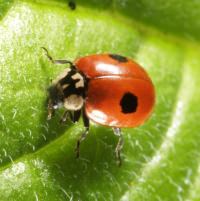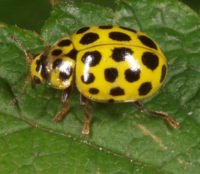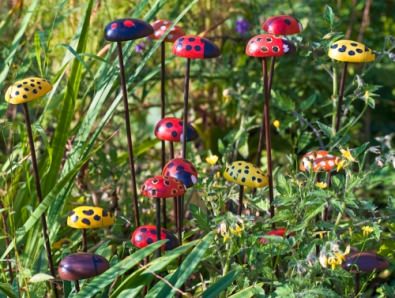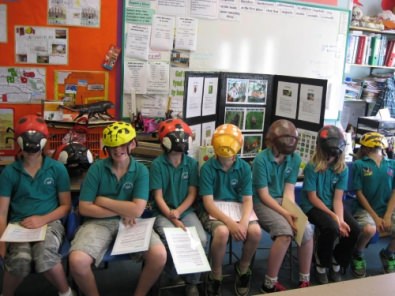
LOVELY LADYBIRDS
These are a set of seven smaller wearable-on-the-head models which were made to show the diversity within one family of insect.
There are over 40 species of ladybird native to the UK but so far I have stopped at seven.
Common ladybirds
7 spot –Cochinella septempunctata
Our most common ladybird eats approx 5,000 aphids in its one year of life
2 spot –Adalia bipunctata (sometimes black with red spots)
Also very common, likes to hibernate in large groups, sometimes around window frames
14 spot-Propylea quattuordecimpunctata (yellow with spots often joined together)
Likes blackthorn, willow and nettles, has brown legs
Not quite so common
22 spot- Psyllobora 22 punctata (yellow)
Actually has 27 spots, feeds on mildew
Orange- Halyzia 16-guttata (orange with white spots)
Also feeds on mildew, often flies at night
Larch - Aphidecta obliterata (brown)
Doesn't look a lot like a ladybird-NO SPOTS!
Pine- Exochomus quadripustulatus (black with red spots)
When the ladybirds venture out a “master interview” is provided which involves each of the seven ladybirds being interviewed in turn.
For more information about ladybirds (or any other insects) and a wealth of excellent downloadable resources about how to attract beneficial insects, how to provide them a safe haven and loads more, visit www.buglife.org.uk. Buglife is the leading Invertebrate Conservation Trust.





